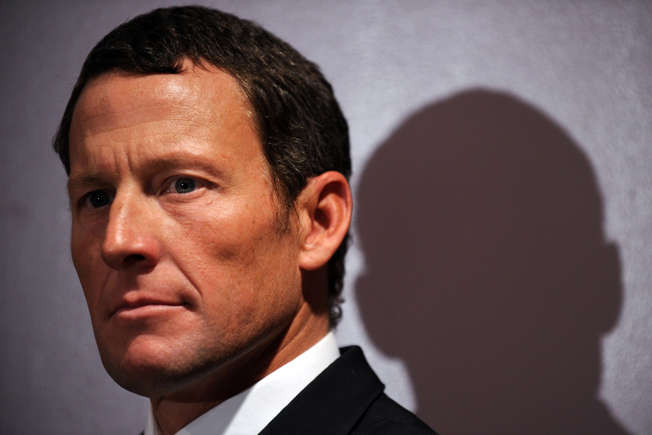How Cycling Champion Lance Armstrong, a Disgrace, Avoided Drug Tests
Lance Armstrong was once the king of cycling, celebrated worldwide for his incredible achievement of winning the Tour de France seven consecutive times between 1999 and 2005. However, his success story came crashing down when it was revealed that he had engaged in an elaborate doping scheme throughout his career. Despite the extensive drug use, Armstrong managed to avoid detection for many years. This article explores the tactics he employed to avoid drug tests and the fallout that followed his eventual downfall.
The late 1990s and early 2000s were a period when doping was rampant in professional cycling. Armstrong’s rise to dominance coincided with this era, but his mastery of evasion stood out. He did not act alone—there was a network of coaches, doctors, and team members who facilitated his doping, creating a protective barrier between Armstrong and anti-doping authorities. The operation involved everything from sophisticated drug regimens to outright avoidance of drug tests.
One of the primary tactics Armstrong employed was the use of EPO (erythropoietin), a performance-enhancing drug that boosts red blood cell production, improving endurance. At the time, detecting EPO was difficult as the testing methods were either nonexistent or unreliable. Armstrong used this window of opportunity to his advantage.
Moreover, Armstrong and his team were always a step ahead of the anti-doping authorities. One method he used was microdosing—taking small amounts of banned substances like EPO and testosterone that would improve performance but clear the bloodstream quickly, making detection harder. Additionally, Armstrong was reportedly well-informed about when testers would appear, allowing him to manipulate the timing of his drug use.
Reports surfaced later that Armstrong would avoid testing by using a variety of other underhanded tactics. For example, there were allegations of bribery aimed at anti-doping officials. Armstrong allegedly made financial contributions to the UCI (Union Cycliste Internationale), cycling’s governing body, raising questions about whether these payments helped keep his doping violations under wraps. Though Armstrong denied outright bribery, the suspicions further tarnished his reputation.
Armstrong also dodged drug tests by using what insiders called “the look-out system.” Members of his team would act as informants, warning him when anti-doping officials were in the area. There were even instances where Armstrong allegedly used evasive tactics, such as delaying testers at the door of his hotel room to buy time to flush his system.
In addition to taking EPO, Armstrong and his team relied on blood transfusions to boost his performance while avoiding detection. Blood transfusions, which involved reinjecting stored blood into the body to increase oxygen levels, were hard to detect at the time. This method of doping was one of the more sophisticated strategies employed by Armstrong’s team and played a significant role in his ability to perform at an elite level without triggering positive drug tests.
Armstrong’s tactics kept him ahead of anti-doping efforts for over a decade, but the walls began to close in around him after several teammates and former associates came forward with confessions. In 2012, the United States Anti-Doping Agency (USADA) launched a comprehensive investigation into Armstrong’s career, eventually concluding that he had been the center of “the most sophisticated, professionalized, and successful doping program” cycling had ever seen.
In 2013, Armstrong admitted to using performance-enhancing drugs in an interview with Oprah Winfrey, but by then, the damage had been done. He was stripped of his seven Tour de France titles and banned for life from professional cycling. The revelation of his years-long deception left fans and the sporting world feeling betrayed, and Armstrong’s legacy was irrevocably damaged.
Lance Armstrong’s fall from grace is a cautionary tale of how an athlete at the top of their game can use elaborate schemes to avoid drug tests and manipulate the system. His tactics, from microdosing to blood transfusions, were orchestrated to stay ahead of anti-doping authorities, but ultimately, his deceit was exposed. Today, Armstrong remains a disgraced figure in the world of sports, a reminder of the dangers of compromising integrity for success
